Pitcher plants have captured our imagination for a long time. As a carnivorous and evolutionarily old species, pitcher plants are specialized and unique. The Southeastern United States is home to eight species of pitcher plants.
In this article, we’ll discuss these species, what they do to serve their ecosystem, their geographic range, and the habitats where they thrive. Essentially, you’ll learn all you need to know to care for and cultivate them on your homestead — as well as why you might want to.
An Overview of the Pitcher Plant
Pitcher plants, as mentioned, are a carnivorous species. Pitcher plants found in the Southeastern United States are of the Sarracenia genus. They use their modified, pitcher-like leaves to attract, trap, and digest insects and small animals (skeletal remains of small rodents, birds, frogs, and other animals have been found inside the tubes of pitcher plants, so not just insects).
Natural Habitat
Because of pitcher plants’ ability to digest and absorb nutrients from insects and animals, these plants can grow in nutrient-poor and pH-sensitive environments. Native pitcher plants in the Southeastern U.S. can be found in a variety of habitats.
- Bogs
- Swamps
- Areas with damp, wet, nutrient-poor, and acidic soils
The plants can grow in clumps 5 feet or more in diameter.
How a Pitcher Plant Works
In terms of how a pitcher plant works, they have modified leaves that form the funnel-shaped tubes (pitchers) and serve as pitfall traps for prey.
Prey are drawn to these traps due to the plants’ nectar and brightly colored/highly decorated hood or pitcher itself (hood refers to the “lid” of the pitcher plant tube). The outward curved margin at the opening of the tube contains higher concentrations of nectar, as well as the inner surface of the hood and within the trap itself.
The margin and hood of the pitcher have downward-protruding filaments that direct insects toward the opening and inside of the pitcher.

The idea is that an insect drawn to the opening will then hang from its rear legs to try to access nectar farther down inside the pitcher. The downward-facing filaments make it difficult for the insect to back up or hold on so it slips inside the pitcher.
Below the line of hairs around the opening of the pitcher are smooth, waxy walls inside the tube that make it next to impossible for the prey to climb back out. There are specialized glands within the tube that release digestive enzymes that anesthetize the prey as its body is broken down into nutrients and absorbed by the plant.
Pollination
One may wonder how pitcher plants are able to reliably get pollinated without luring their pollinators into fatal pitcher-traps. This plant has adapted intelligently with flowers growing on long stems that grow above the pitchers, therefore minimizing the risk of trapping potential pollinators.

The showy flowers bloom in spring, become withered, and then go into a period of dormancy in winter. Pitcher plant seed pods will mature and split open, requiring a period of cold before they can germinate.
Purpose of the Pitcher Plant
Pitcher plants serve many purposes both in their environment and in your household.
- Education/fun for kids (and adults)
- Beautiful pitchers and flowers
- Control of insect populations
- Native species propagation
- Local pollinator support
- Conservation of an endangered species
- Promotes biodiversity (richness of life on earth)
- Creates microhabitats for a variety of organisms
- Nutrient recycling (nutrients absorbed from insects released back to soil)
Please Be Aware: Many native pitcher plants in the Southeast U.S. are unfortunately threatened or endangered. If you know of a patch of pitcher plants, please do not spread the word, do not self-harvest, be careful where you step, and make sure your shoes are clean so you don’t spread invasive species’ seeds. Illegal harvesting of pitcher plants, as well as habitat degradation and invasive species, are some of the primary reasons they are endangered.
Pitcher plants grow in sensitive habitats, often in tender soil that can be easily harmed by compaction (even soil compaction from people walking), and they typically grow with other susceptible species nearby. Please be mindful and respect Endangered Species Act Laws. They are in place to protect the species we love!
The 8 Pitcher Plant Species of the Southeastern United States
Pitcher plants in the southeast are more commonly known as trumpet pitchers, which consist of 10 species native to eastern North America, eight of which are found exclusively in the southeastern U.S.
1. Purple/Common Pitcher Plant (S. purpurea)
These have green to reddish, flaring, heavily veined, jug-like leaves with downward-pointing bristles. Its flowers are purple-red. It is an endangered species.

2. Sweet Pitcher Plant (S. rubra)
Sweet trumpets produce dull red, violet-scented flowers. They are also endangered.

Krzysztof Ziarnek, Kenraiz / CC BY-SA 4.0 / Wikimedia Commons
3. Yellow pitcher plant (S. flava)
Yellow trumpets have bright yellow flowers and a long, green, trumpet-shaped leaf, the lid of which is held upright. Thankfully, not an endangered species.

Krzysztof Ziarnek, Kenraiz / CC BY-SA 4.0 / Wikimedia Commons
4. Pale trumpets (S. alata)
Pale trumpets are the only trumpets found west of the Mississippi. It looks very much like S. flava. It’s listed as a near-threatened species.

Aaron Kreisberg / CC BY-SA 4.0 / Wikimedia Commons
5. White Topped Pitcher Plant (S. leucophylla)
White/crimson trumpets have white trumpet-shaped pitchers with a ruffled, upright hood, and scarlet flowers. It’s also an endangered species.

Xscd / CC BY-SA 3.0 / Wikimedia Commons
6. Green Pitcher Plant (S. oreophila)
Mountain or green trumpets have long trumpet-shaped leaves that are bright green, sometimes with red veins. It is a critically endangered species.

7. Hooded Pitcher Plants (S. minor)
The hooded pitcher plant has a downcurved lid, hence the name “hooded.” It produces big, yellow-green flowers. Thankfully, it’s not on the endangered species list.
8. Parrot Pitcher Plant (S. psittacina)
The parrot pitcher plant has small, fat, red-veined leaves topped by beak-like lids and bears dark red flowers.

Bonus: Dwarf sundew (Drosera brevifolia)
Okay… not a pitcher plant, but you should know about this unique and carnivorous species. Instead of having a pitcher that digests insects, it has hairy filaments at the end of its leaves with sticky nectar that trap and digest prey. It generally grows in the same areas as pitcher plants, and they can be easy to grow together.
Growing Pitcher Plants
If you would like to grow pitcher plants, it is easiest if you acquire a mature plant and grow more from offshoots. Otherwise, seeding is the next best option. Many species and hybrids are available for purchase online or at specialized nurseries. Either way, these plants are generally easy to grow, require little attention, and produce beautiful pitchers and flowers.
Propagation
Outside of seeds, pitcher plants can reproduce by a process called vegetative reproduction. This means they produce new plants from roots, stems, or leaves, although most pitcher plants produce primarily from rhizomes (stems at the base of the plant close or slightly below the soil surface). Some pitcher plants reproduce by stolons (above-ground stems) that take root and produce new plants.
Planting in Pots
It is important to note that due to this type of reproduction, pitcher plants can outgrow their pots, and it’s important to repot if this happens to help it grow properly. The bottom of the plant will turn brown and dry out as the plant grows. This is its continuous cycle of growth.
Soil
As already discussed in the general overview section, pitcher plants do best in moist to wet soil conditions (a mix of peat moss and coarse sand is best, to avoid root rot and mimic natural growth conditions). Again, they like nutrient-poor soil, so no need to add fancy fertilizers.
Sunlight
Pitcher plants thrive with about 50/50 sunlight. During the growing season, they like more sun, but in the wild, they generally grow in areas with partial sun/partial shade. They do best outdoors where they can receive adequate sun and attract prey.
Companion Planting
You can complement pitcher plants by growing other native wetland species with them. For example, pitcher plants tend to grow with bog buttons and sundew.
Final Thoughts
As stated in the “Please Be Aware” note regarding native pitcher plants being on the Endangered Species Act, they are an extremely sensitive species that face many threats.
Outside of the threats already described, wetland draining is an issue. Wetlands are drained when they are viewed as “undesirable” areas, giving birth to mosquitoes and pests. They may also be drained to make way for development. I would encourage anyone who knows of a project proposal for wetland drainage to step up and speak out against it. They are home to many important and diverse species in addition to native pitcher plants. If you happen to have a wetland on your homestead, I hope this article renews your appreciation for its many natural benefits.


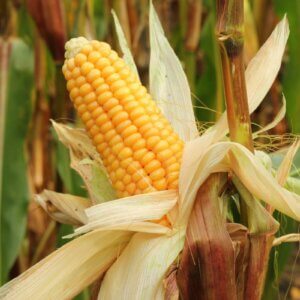
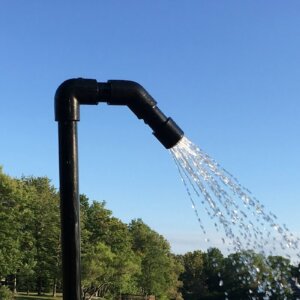
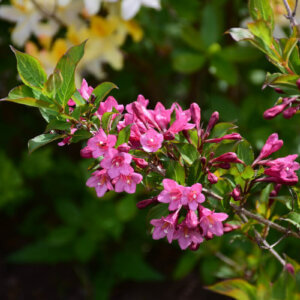
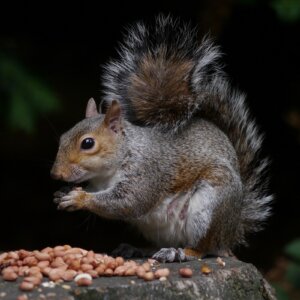
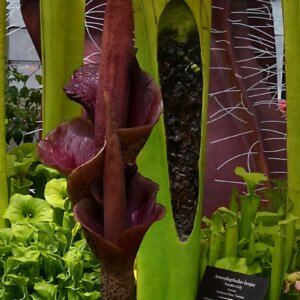

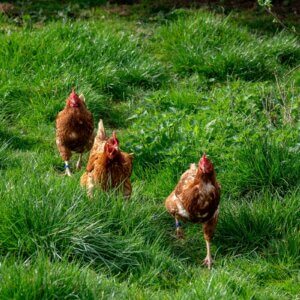


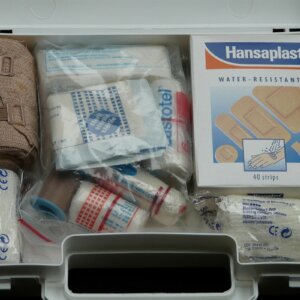



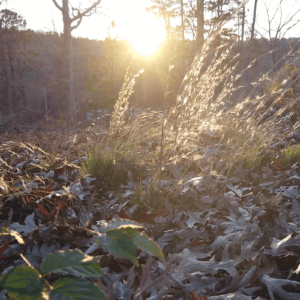
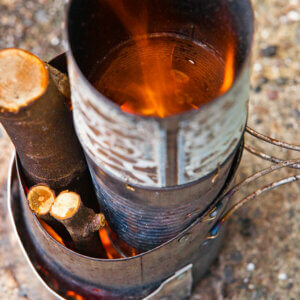




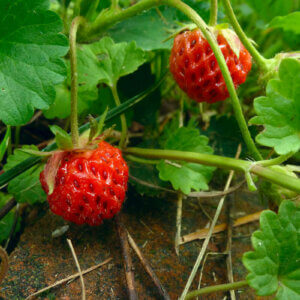


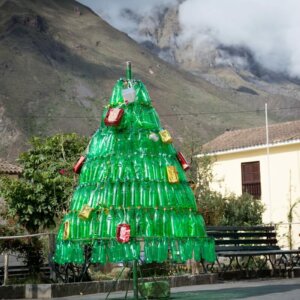

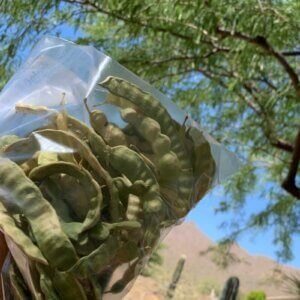
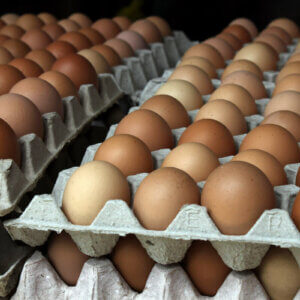

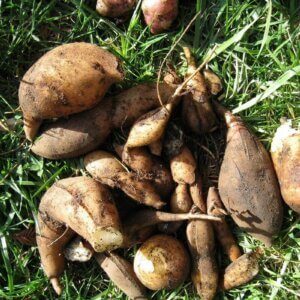

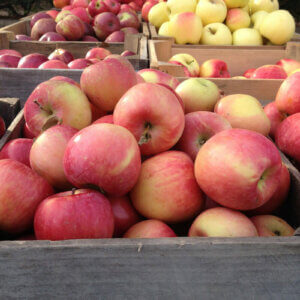
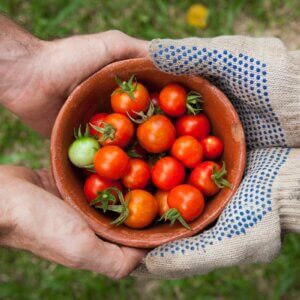




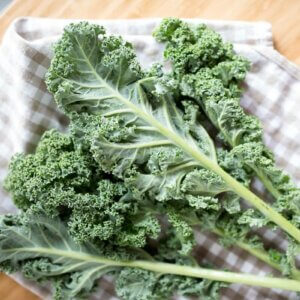
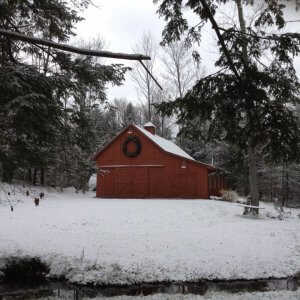

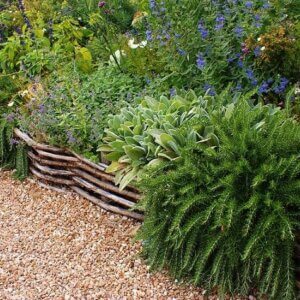
Leave a Reply